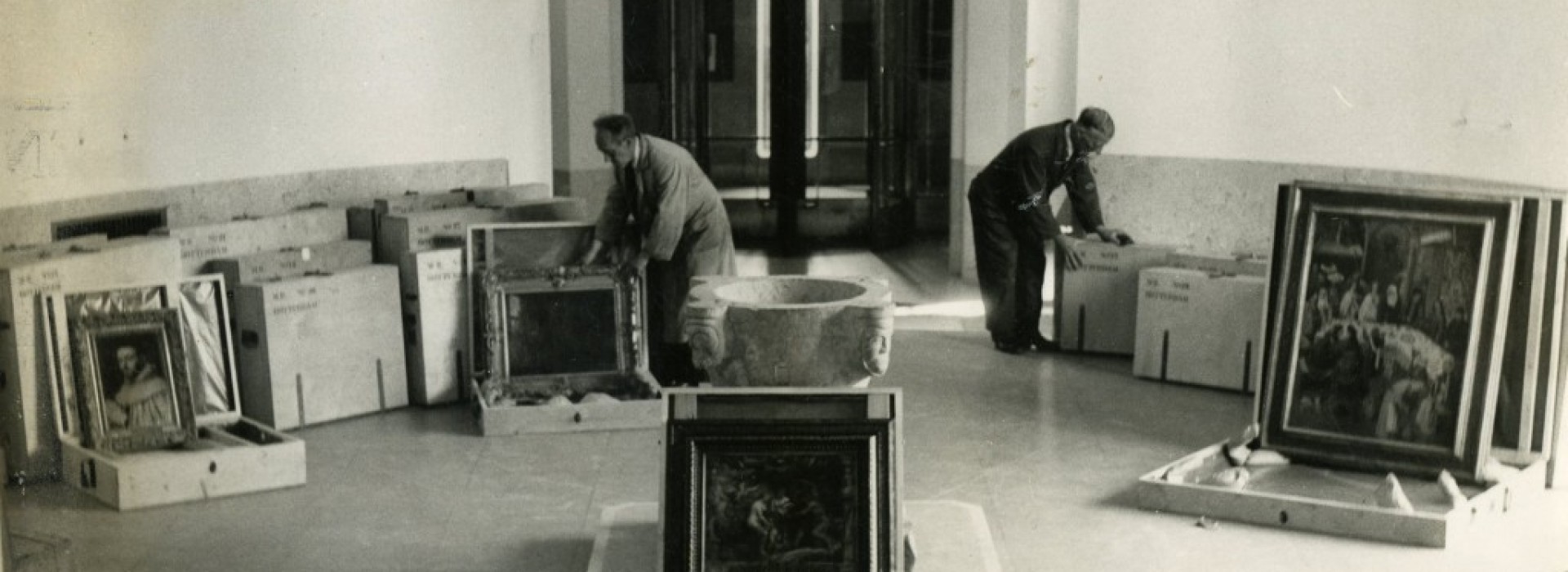Looted Art in Dutch museums
After the Nazis came to power in Germany in 1933, Jews were persecuted and their property confiscated. This lead to the theft of art on a massive scale preceding and during the Second World War. Vast numbers of artworks were stolen or confiscated. The persecuted could also be forced to sell their treasures for extremely low prices in order to buy basic provisions or to finance their escape to another country. This happened not only in Germany but also in Austria following the Anschluss (annexation) in 1938 and in countries such as France and the Netherlands during the occupation. Via art dealers, auction houses or individuals, some of these stolen artworks found their way into Dutch museum collections, without their knowledge of the works’ dubious provenance. In later years too, museums unknowingly acquired artworks that had been stolen, confiscated or sold under duress during the Second World War.
Research projects on museum acquisitions
Over the past two decades there has been renewed interest in these stolen artworks. In 1998, this led to the launch of the first nationwide research project by the Museums Association into acquisitions in the years 1940-1948. This work is being continued in the current research project Museum Acquisitions From 1933 Onwards, which concentrates on acquisitions in the years 1933-40 and from 1948 to the present day. Museum Boijmans Van Beuningen has participated in both projects and will conclude the project Museum Acquisitions from 1933 onwards at the beginning of 2018. The aim of these research projects is to ascertain whether artworks have been acquired by Dutch museums since 1933 whose provenance raises questions relating to the Second World War. Do Dutch museum collections contain artworks that changed hands between 1933 and 1945 under questionable circumstances? The Museums Association has asked the museums to investigate the provenance of works in their collections in order to create an inventory of objects in Dutch public collections with a provenance that points to involuntary loss of property.


